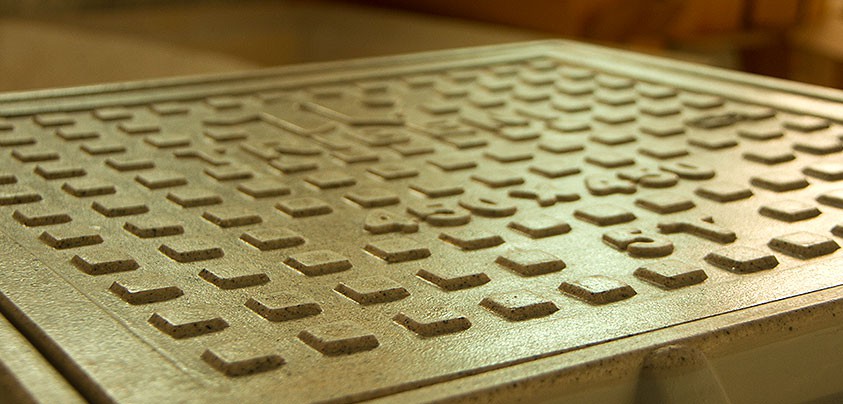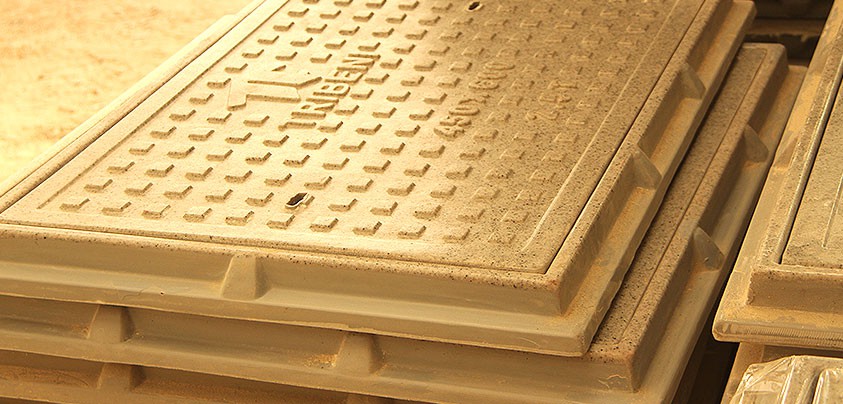TYPES
CIRCULAR
One kind of utility access cover used to seal off holes in the ground that allow access to subterranean pipes, wires, or other infrastructure is the circular manhole cover. These covers are often made of composite materials, steel, or cast iron and have a circular shape.
The use of composite materials in the construction of circular manhole covers has become more and more popular in recent years. Fiberglass, resin, and additional reinforcing agents are mixed together to create composite covers, which are renowned for their strength, resilience, and light weight.
RECTANGULAR
Larger openings are usually covered by rectangular manhole covers, which are widely used in commercial and industrial environments like refineries, factories, and power plants. These covers are made to make it simple to access subterranean infrastructure and utilities, like plumbing and electrical systems.
In order to withstand large loads and prevent unwanted access, rectangular manhole covers are often constructed of sturdy materials like steel, reinforced concrete, or composite materials. Rectangular manhole covers are available in multiple sizes to suit varying openings, depths, and load capacities. Features like lifting handles for simple access and maintenance, hinges, and locking mechanisms are just a few of the features that can be added to them. To improve safety and lower noise, certain covers can also have anti-vibration or non-slip surfaces installed.
SQUARE
Another type of cover used to secure an entrance or access point to a manhole is a square manhole cover. Generally speaking, these covers are composed of durable materials like steel, reinforced plastic, or cast iron. Square manhole covers are ideal for covering square or rectangular openings due to their rectangular shape, in comparison to circular manhole covers.
Comparison to their circular counterparts, square manhole covers have a number of advantages. One benefit of using them is that they are simple to arrange and fasten in a way that keeps them from shifting or moving over time. Additionally, they make it simpler to access underground utilities and structures with a rectangular shape, like plumbing or electrical conduits.


